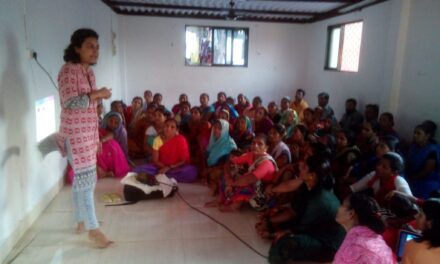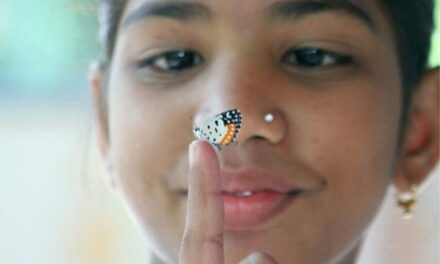Social Awareness: Let’s define Child Sexual Abuse


Picture: Rubaroo
Your child might be going through it and you may be missing the signs
Which of the following instances do you think constitute as Child Sexual Abuse?
- An adult talking to a child (aged 13 years) about the reproductive system and sexual intercourse.
- An aunt playing with her 5 year old niece by biting her cheeks and nuzzling her neck while the child is squirming.
- A coach brushing his hand against a student’s crotch.
- An 8 year old looks at a woman whose cleavage is showing as she bends down to pick up her purse that she dropped.
From the above, which acts would be defined as abusive and which are well meaning and innocent?
Figuring this out is not easy. To help us sift through this conundrum, let us take a look at the definition of child sexual abuse.
Child sexual abuse is defined as any act by which a child (person under 18 years of age) is used for sexual gratification, by a more powerful person.
The key to differentiating what is abusive behaviour and what isn’t, is to consider what the intent of the person was and how is the child feeling about it. If their intention was to derive sexual gratification in any form from the child, then it is sexually abusive. If not, then it could be termed as inappropriate behaviour or simply an accident.
If you look at the examples mentioned above, all of them could be sexual abuse if the aim of the individual was to derive sexual gratification from the act.
There are two types of sexual abuse, largely outlined by the POCSO Act (Government of India, 2012) as:
Non-contact abuse (Yes, this too is child sexual abuse):
- Exposing child to pornographic content for sexual gratification.
- Making the child watch others indulging in sexual activity or showing private body parts of others.
- Talking about sex and sexual activity with the child/Passing comments of sexual nature WITH the intent of gaining sexual pleasure from such talks.
- Showing the child the private body parts, looking at a child’s private body parts while the child is undressing or bathing for sexual gratification.
- Looking at a child (not specific to private body parts only) to gain sexual gratification from doing the same.
Contact abuse:
- Penetrative – Peno – vaginal intercourse, Anal sex, oral sex
- Touching of the child’s private body parts, making the child touch the powerful person’s private body parts
- Fondling of the child’s body with an intention of sexual gratification of the powerful person
As parents we know our children the best and if any behaviour by an adult or another child seems to make them uncomfortable or unhappy in any way it is best to simply intervene saying that “the child seems to be uncomfortable, please stop”.
This works as a double-edged sword, as it makes the potential abuser realise that you have taken note and set up a boundary for the child. The child feels more empowered to say no to even an adult who is making them feel uncomfortable or unsafe. This further encourages children to stand up for themselves and say “no” should anyone try to take advantage of them, even in your absence.
We at Rubaroo are building a network of survivors of child abuse here in India. Statistically, 53% of all children in India undergo some form of child abuse. Follow us here to read more about this, and head on over to www.SilentNoMore.in to join the fight. We request for 1 hour of your time a month to make a difference.
Lisha Chheda is the co-founder of Rubaroo, an NGO that focuses on child sexual abuse. Write to her at rubarooindia@gmail.com.
This post was sent to us by Rubaroo and published as a part of our social outreach program, aimed at spreading awareness about social causes. If you are associated with an organization that is working towards bringing about a social change, feel free to reach out to us at editor[@]localpress.co













